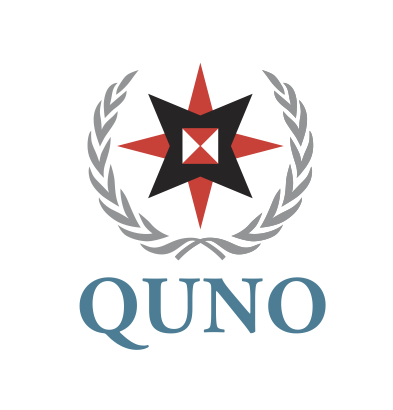This paper aims to demonstrate that peacebuilding initiatives can be led by local rather than international players and that this approach can work successfully on a large scale. The paper summarises four peacebuilding initiatives, all more or less locally led, which have operated on a large scale, and which have had real impact in ending violent conflict. It sets out steps that could be taken to move from current practice, in which local capacity for peacebuilding is viewed as marginal, to one where it is regarded as a central element of any strategy for managing conflict.

International Standards on Conscientious Objection to Military Service 2025
This updated paper lays out the ways in which conscientious objection has been recognized and is protected under human rights treaties and mechanisms, taking into account developments in international standards that have occurred since the 2021 edition. These strengthened standards can be used by front line organizations as a tool to limit suffering, improve lives and challenge root causes of injustice. Available in English, Spanish, French, and Russian.
